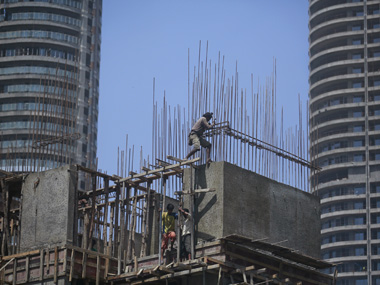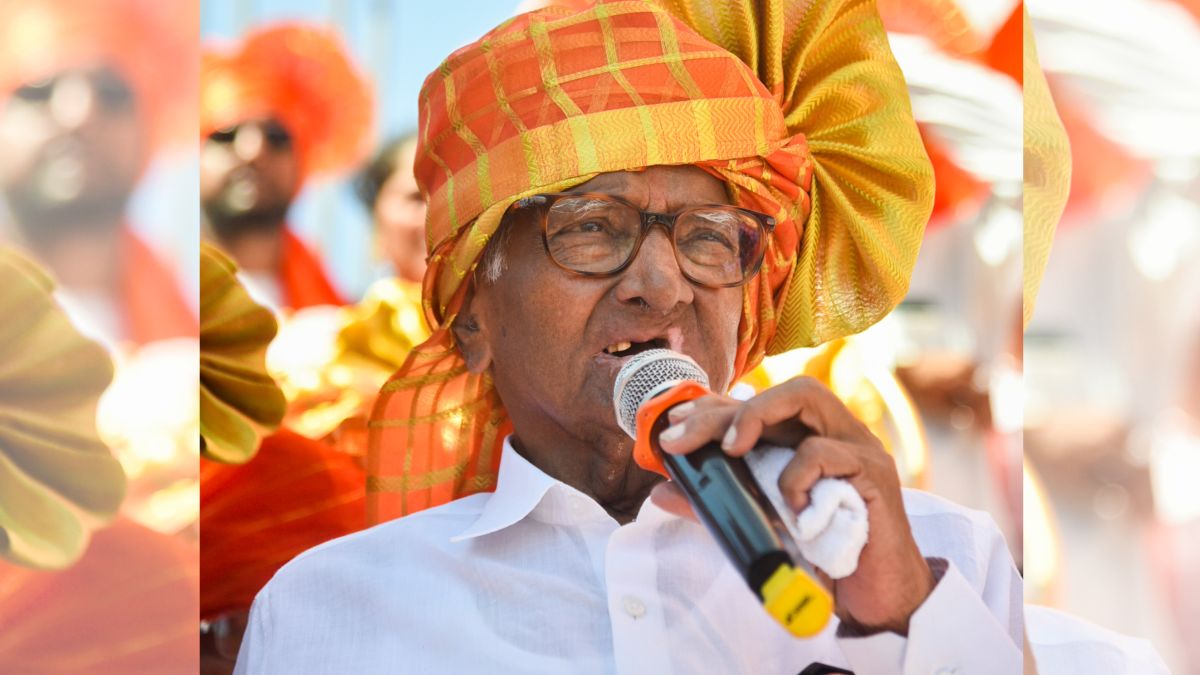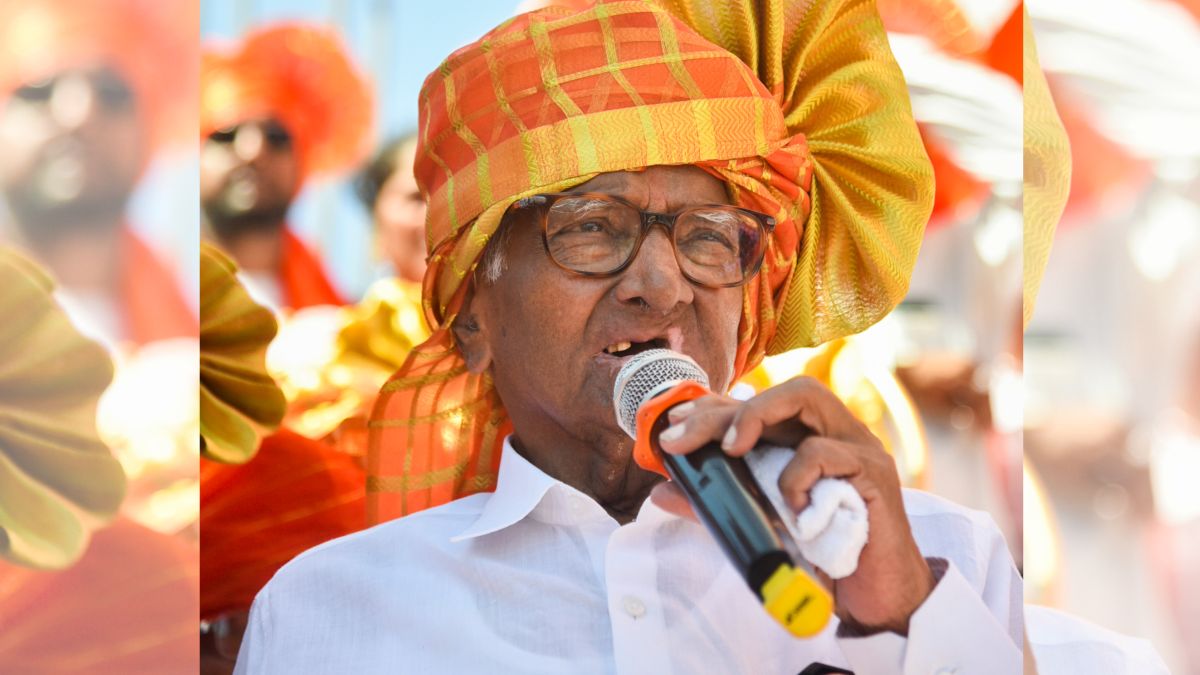Mumbai accounts for 40 percent of India’s income tax collections and 40 percent of its foreign trade. It is home to not only the headquarters of major national financial institutions but also to some of the largest and most successful international corporations. The biggest irony of this moneyed city is that a large chunk of the population can’t afford a flat here. With an estimated average of about 4.5 square metres per person in 2009, the consumption of residential floor space in Mumbai is one of the lowest in the world. Shanghai is at 34 square metres per person.
Problem of Slums
When the Slum Rehabilitation Authority was set up in 1995, there were more than 4.9 lakh households in the city living in slums. Between 1995‐2014 only a little over 1.5 lakh households have been built under SRA’s schemes. As of April 2014, occupation certificates have been issued for only 33.7 percent, and commencement certificates have been issued for only 52 percent of the total tenants who received approval for construction.
Four factors might be contributing to the very low supply of land, floor space, and housing crisis in Mumbai:
i) An exceptional topography that reduces the amount of developable land; ii) A draconian and ill-conceived land use policy restricting the area of floor space which can be built on the little land available; iii) Muddled property rights preventing households and firms from freely trading land and floor space as a commodity; iv) A failure to develop major primary infrastructure networks, which prevent the city from overcoming its topographical constraint. In turn, the weakness of the infrastructure network is used to justify the restrictive land use policy.
FSI Problem
In most large cities the FSI varies from 5 to 15 in the Central Business District (CBD) to about 0.5, or below, in the suburbs. In Mumbai, the permitted FSI is uniform and in 1991 was fixed at 1.33 for the Island City and 1.00 for the suburbs, it was recently raised to 2. In most cities, planners always establish the regulated FSI at a higher level than the FSI of existing buildings. This practice encourages the redevelopment of obsolete buildings. This doesn’t happen in Mumbai. The Mumbai’s municipality is monopolist and has created an artificial shortage of floor space by restricting FSI to exceptionally low levels. Naturally, the market price for floor space jumped to extremely high levels. Typically, cities in which topography creates a constraint on land supply compensate the lack of land by increasing the height of buildings but it can’t be done without adequate plans for world-class public transportation system.
Obsolete laws
Over the last 50 years, Mumbai has submitted to a number of well-intentioned but disastrously misguided laws and regulations which have nearly succeeded in freezing private land transactions in large areas of the city. The Urban Land Ceiling and Regulation Act (1976) (ULCAR), which was abrogated by the Government of India in 1999 but maintained by the Government of Maharashtra until 2007, greatly reduced the ability to transfer property and to assemble land by the private sector.
Rent Control Laws
Bombay Rents, Hotel and Lodging House Rates Control Act of 1947 lasted until 1999 and got replaced by the Maharashtra Rent Control Act. However, the new rent control law failed to bring any relief to the landlords, and the rents remain capped as the same amount as on or before 1 October 1987 for properties lent out on or before 1 October 1987. The law proves detrimental to the interests of the landowner reducing considerably the number of houses made for renting out. Based on an estimate using the MCGM property tax data, about 82 percent of the residential area under rent control is in the island city which also accommodates one of the most value creating property.
Mumbai’s current housing crisis is a failure of government schemes. It is operating as a highly centralised welfare state of the fifties and sixties where there is only a limited role for the private sector. Housing policy has been framed in the context of limited resources, with the expectation that it would evolve as the economy grows.
The rate of construction lags behind demand due to lack of funds and ill-thought policies and laws. What’s needed is the use of land more intensively, by reforming the land use policy, FSI, and developing a new underground mass transport system that would increase mobility in spite of high density. Along with this, property rights must be clarified coupled with deregulation and more private investment. There is a need to build pressure on the government to grant cities more autonomy to decide their own fortunes.
The authors work with Free A Billion in Mumbai.


)




)
)
)
)
)
)
)
)